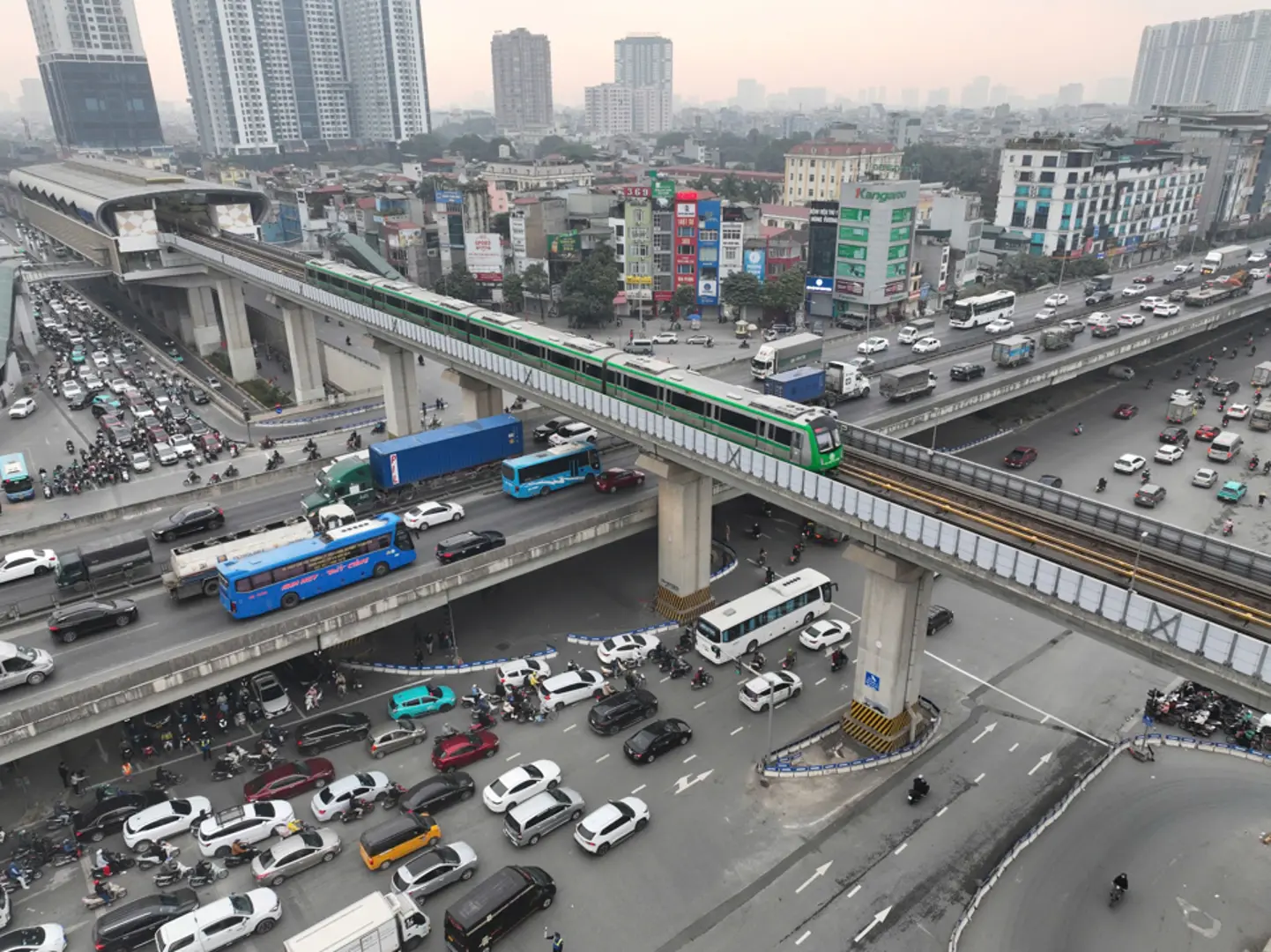Tuesday, 17:21 12/12/2017
PWC: Vietnam’s tax system has improved
With regard to the total tax and contribution rate, at 38.1%, Vietnam has a higher percentage than the regional average number in Asia Pacific of 36.4%. As such, Vietnam is placed in higher ranks than Japan (47.4%), Australia (47.5%) and China (67.3%).
In recent report Paying Taxes 2018 of PriceWaterCoopers (PWC), Vietnam has improved in various aspects but there remain shorcomings. The report also stated that Information technology has also changed the way businesses collect, record and transmit data and the way that they pay their taxes. It has changed the way tax administrations can communicate with taxpayers, the way they select companies for audit and the way they conduct those audits.
Specifically, number of payments of Vietnam has reduced to 14, equivalent to Japan and better than other countries in region, such as Thailand (21), Philippines (20) or Indonesia (43). Vietnam’s number of payments dropped by 17 to 14 partly because the environmental protection fees were no longer applicable for 2016 and also there was an increase in the use of the online platform for filing social security contributions that was introduced back in 2015. In 2016, the majority of business taxpayers have been submitting documents and returns electronically.
With regard to the total tax and contribution rate, at 38.1%, Vietnam has a higher percentage than the regional average number in Asia Pacific of 36.4%. As such, Vietnam is placed in higher ranks than Japan (47.4%), Australia (47.5%) and China (67.3%).

However, the tax system of Vietnam still have some shortcomings according to PWC’s evaluation, as time to comply of Vietnam is still high with 496 hours. For each country and region, tax system is very important as key revenue for state budget, which is later distributed through social welfare system as well as to maintain the government’s operation.
By 2016, 92 economies had fully implemented electronic filing and payment of taxes as measured by Doing Business and 66 economies adopted or enhanced their system in the part 12 years. Electronic filing and payment is most common in the OECD high-income region10, where 31 economies out of 33 have such systems in place, followed by Europe and Central Asia with 21 economies using electronic systems. Estonia stands out in providing government services online. The government offers 600 e-services to its citizens including filing and payment of taxes, voting online, and consulting medical records11. Estonia accomplished this digital transformation by issuing a mandatory electronic identity card to all its citizens.
According to Doing Business, taxpayers in Estonia spend only 81 hours per year in preparing, filing and paying their dividend tax, VAT and labor taxes including mandatory contributions.
The most common feature of reforms in the area of paying taxes over the past year was the implementation or enhancement of electronic filing and payment systems. Besides El Salvador, 16 other economies – Botswana, Brunei Darussalam, India, Indonesia, Kenya, Lithuania, Maldives, Morocco, New Zealand, the Philippines, Rwanda, Saudi Arabia, Uruguay, Uzbekistan, Vietnam and Zambia – introduced or enhanced systems for filing and paying taxes online.
Properly developed, effective taxation systems are crucial for a well-functioning society. A good tax system should ensure that taxes are proportionate and certain (not arbitrary) and that the method of paying taxes is convenient for taxpayers. Taxes should be easy to administer and collect.

Vietnam authority now requires online store owners in Facebook to pay tax.
|
With regard to the total tax and contribution rate, at 38.1%, Vietnam has a higher percentage than the regional average number in Asia Pacific of 36.4%. As such, Vietnam is placed in higher ranks than Japan (47.4%), Australia (47.5%) and China (67.3%).

However, the tax system of Vietnam still have some shortcomings according to PWC’s evaluation, as time to comply of Vietnam is still high with 496 hours. For each country and region, tax system is very important as key revenue for state budget, which is later distributed through social welfare system as well as to maintain the government’s operation.
By 2016, 92 economies had fully implemented electronic filing and payment of taxes as measured by Doing Business and 66 economies adopted or enhanced their system in the part 12 years. Electronic filing and payment is most common in the OECD high-income region10, where 31 economies out of 33 have such systems in place, followed by Europe and Central Asia with 21 economies using electronic systems. Estonia stands out in providing government services online. The government offers 600 e-services to its citizens including filing and payment of taxes, voting online, and consulting medical records11. Estonia accomplished this digital transformation by issuing a mandatory electronic identity card to all its citizens.
According to Doing Business, taxpayers in Estonia spend only 81 hours per year in preparing, filing and paying their dividend tax, VAT and labor taxes including mandatory contributions.
The most common feature of reforms in the area of paying taxes over the past year was the implementation or enhancement of electronic filing and payment systems. Besides El Salvador, 16 other economies – Botswana, Brunei Darussalam, India, Indonesia, Kenya, Lithuania, Maldives, Morocco, New Zealand, the Philippines, Rwanda, Saudi Arabia, Uruguay, Uzbekistan, Vietnam and Zambia – introduced or enhanced systems for filing and paying taxes online.
Properly developed, effective taxation systems are crucial for a well-functioning society. A good tax system should ensure that taxes are proportionate and certain (not arbitrary) and that the method of paying taxes is convenient for taxpayers. Taxes should be easy to administer and collect.























